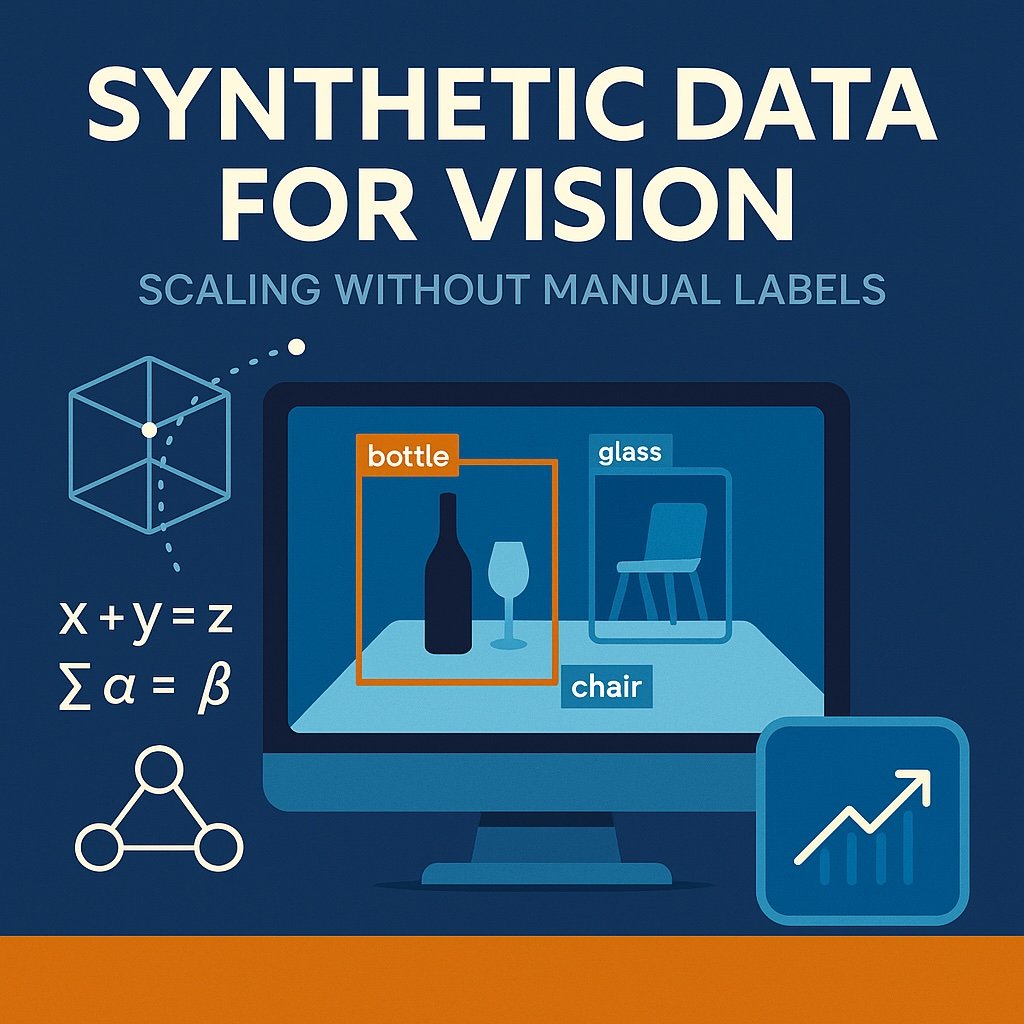
Synthetic Data for Vision: Scaling Without Manual Labels
Manual data labeling is one of the most expensive and time-consuming barriers to scaling computer vision — and it's no longer sustainable. Synthetic data offers a smarter alternative: algorithmically generated images with built-in annotations, enabling faster model development, lower costs, and full compliance with modern data privacy regulations. In this article, we explore how synthetic data is transforming industries like retail, manufacturing, and mobility, and why forward-thinking executives are adopting it as a core component of their AI strategy.

Turning Store Traffic Footage into Marketing Insights
In-store cameras are no longer just for counting people — they're becoming powerful tools for understanding shopper behavior. By analyzing how long customers dwell at displays, which products they interact with, and how store layouts influence decisions, retailers can unlock insights once limited to e-commerce. This post explores how modern computer vision turns everyday footage into data-driven marketing decisions that boost engagement and conversion — without compromising customer privacy.

Personalized Retail Ads Triggered by Shelf Photos
Smart shelves are transforming in-store marketing by using cameras and AI to detect product changes and instantly update nearby digital signage. When a shelf runs low or a product gains popularity, the system reacts in real time — showing targeted offers that feel personalized to each shopper. This new approach boosts sales, improves efficiency, and creates a more engaging retail experience — all without adding extra staff. Discover how shelf photos and computer vision are reshaping the future of physical retail.
